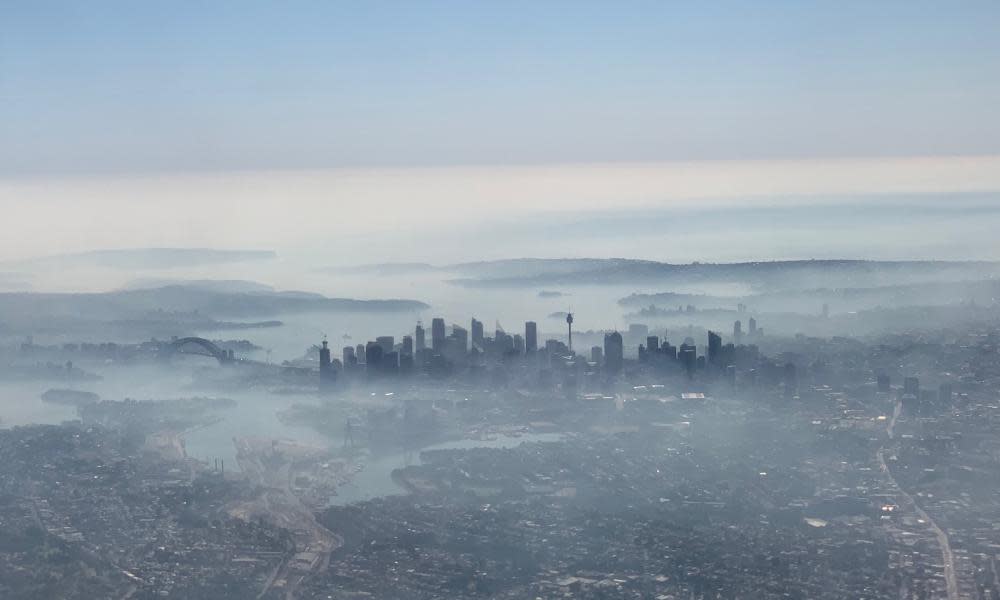Australia's lungs have collapsed and Generation X needs to take part of the blame

The children of many of us Gen X-ers have been saying for years that we are going to bequeath a far worse world than the one we were born into.
I’ve written before, here, about what a dangerous place we’ll leave behind. But the criticism I’ve heard most from my family’s next generation, aged from 14 to 35, relates to us X-ers’ failure, refusal or inability to tackle the Boomer generation’s decades of inaction and intransigence on mitigating climate change. “Why didn’t you do more?”
The truth is, no matter what we’ve done individually to pressure politicians and policymakers, we can no longer blame the generations before us. The answers are ours and, increasingly, those of the children we’ve failed; it’s no longer the Boomers making the policy and political decisions – or abrogating their responsibilities to do so.
Their legacies on environmental degradation and warming belong to us – and now, tragically, our children, upon whom they impact most acutely – to ameliorate.
Those of us who care, who believe the science and have contempt for the politics of inaction – or worse, reversal – have tried to imagine, based on the best empirical predictions, what the world might look like to our children in 30, 40 or 50 years-time.
Some might’ve seen their kids’ faces after their first glimpse of the great Barrier Reef. Where, they’ve asked, are the vibrantly coloured hands of coral and fish – where are the turtles? – that feature in your photos from 25 years ago?
That’s a microcosm, an anecdotal snapshot, of what’s been evident to successive generations in Indigenous communities who’ve witnessed and complained (also to a political tin-ear) about the radical degradation of water and land ecosystems that have sustained them since time, as we can understand it, began.
Farming communities, meanwhile, have been charting the economic and social impact of extreme weather attributable to climate change, for decades.
What, we’ve wondered, will the Australian cities – which is where most of us live – look like with continued sea-level rises, hotter temperatures, prolonged drought and the super-fires that would ravage the continent unless the climate change trajectory alters?
For some weeks in Canberra, Brisbane and Sydney the bushfire smoke has been in our clothes and hair and washing – the smallest reminder of what bush people, who’re losing homes and crops and livelihoods to raging fires, have been enduring.
But on Tuesday in Sydney, the day the continent’s lungs collapsed, we needed to imagine no longer. The thick, acrid, physically harmful smoke bellowed through the place from Penrith to the harbour, sirens echoing, public transport on hold, eerie streets filled with anxious, masked people, coughing, stopping for breath … wondering if this was the new reality.
Our kids know it is. Their disenchantment with traditional politics, which fails them daily, is palpable. Increasingly harder of breath, they roll eyes at a political class banging on about religious freedom or coal exports and dividing over whether a 16-year-old might be nothing but a mere brat for declaring, “How dare you!”
Yes. How very dare we!
Their future is now. Remember that, while the smoke’s still caught in our throats.
Paul Daley is a Guardian Australia columnist

 Yahoo News
Yahoo News 
